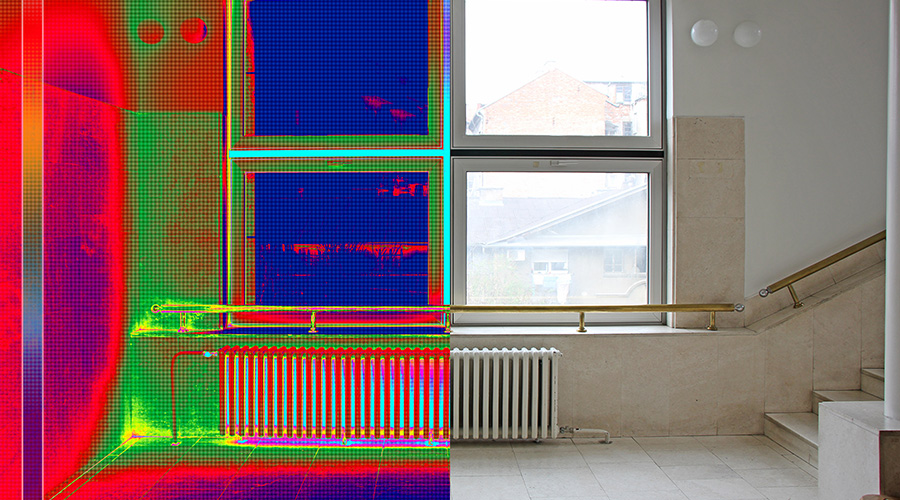The Intersection of Day Cleaning and Green Cleaning
By choosing to do green cleaning, facility managers are making the health of building occupants, caretakers, and the environment a top priority. As health and environmental concerns have helped push green cleaning into the mainstream, another approach, day cleaning, has started to become more common among some facility managers — largely because of its claim to cut energy and labor costs. What is the intersection of day cleaning and green cleaning? Do these two cleaning approaches go hand in hand? Should they? And what kinds of changes does day cleaning bring to a workplace?
The simplest explanation of green cleaning is “cleaning to protect health without harming the environment,” says Stephen Ashkin, president of The Ashkin Group. That implies a focus on both human health — of the building occupants and cleaning staff — and on the cleaning industry’s environmental impact.
Add day cleaning to the mix and you get the transitioning of cleaning crews from night shift to some variety of day shift, change that potentially creates savings in energy costs due to reduced lighting, HVAC, and elevator costs. If facility managers are working on a LEED Operations and Maintenance (LEED O+M) initiative, day cleaning is one of the strategies that can be paired with green cleaning to save energy, water, and chemicals.
Day cleaning is not new. It’s been done for many years in facilities like hospitals, schools, universities, and manufacturing sites. These days, office buildings are where most of the talk about changing to day cleaning is concentrated, Ashkin says, and for this type of building, day cleaning can represent a “huge” change, especially in leased space.
“They have to go through the process of talking to all the tenant reps and the occupants explaining why there’s now going to be a custodian walking through their offices, with their vacuum cleaners, or whatever they’re doing. That becomes for some of them a real challenge,” he says.
An aspect of day cleaning that is sometimes overlooked is that it does not necessarily mean one day shift. It is often two shifts, typically 6 a.m. to noon and noon to 6 p.m., says Ian Greig, the CEO at Daniels Associates.
A chief advantage of day cleaning that proponents usually cite is energy savings. Their estimates vary widely, from roughly 4 to 15 percent. Greig also says labor costs are less, partly because building employees help out more with pre-cleaning.
Steve Spencer, facilities specialist at State Farm Insurance who manages about 1,500 buildings, says he has had an outstanding experience in changing some of the buildings to day cleaning. He says the change optimized productivity, saving 10 percent on cleaning costs, as well as creating cleaner buildings and attracting a better cleaning crew.
“For day cleaning we encouraged the contractors to use a mix of full- and part-time people,” Spencer said. “By going to daytime, we were able to get retired, semi-retired people who just wanted something to do; we were able to get stay-at-home moms and dads who wanted to work four hours and be home by the time the kids came home from school.“
In a nationwide cleaning and work-shift study by Elliott Affiliates, results showed, in part, that on average, “day shift cleaning delivers marginally greater cleanliness quality and greater client satisfaction,” according to Vince Elliott, president. “It also delivers substantially greater productivity than night shift or mixed-shift cleaning.”
Related Topics:














